Which Way To Put Camera In Bag?
When it comes to carrying a camera, especially an expensive DSLR or mirrorless model, ensuring its safety and accessibility is paramount. Many photographers, both amateur and professional, often ponder the best way to store their camera in a bag. This article will delve into the various methods and considerations for placing a camera in a bag, ensuring it remains protected and ready for use.
Understanding the Importance of Proper Camera Storage
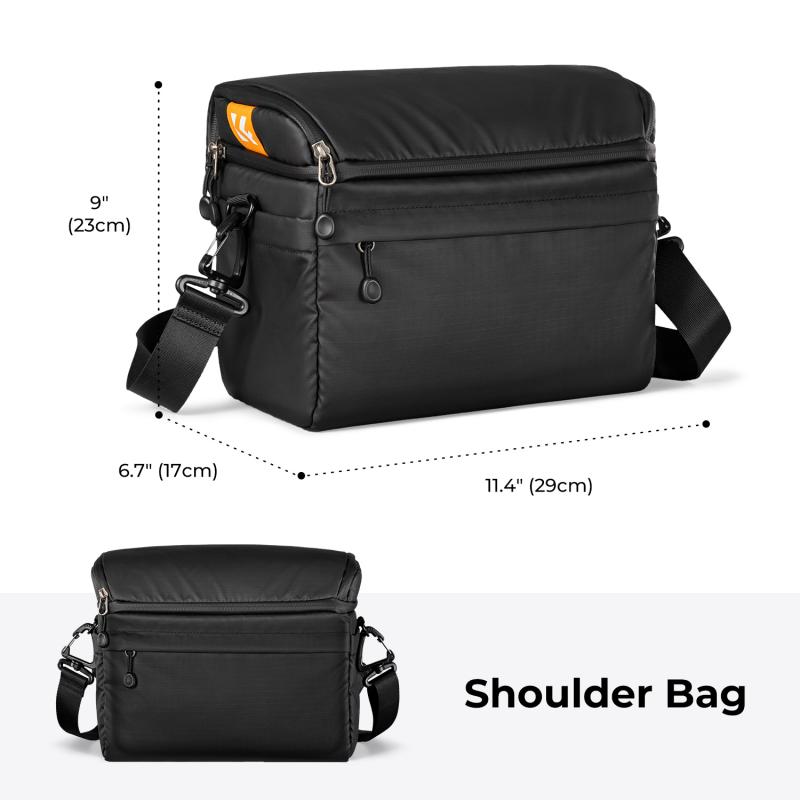
Before diving into the specifics, it's essential to understand why proper camera storage is crucial. Cameras are delicate instruments with intricate components that can be easily damaged by impact, dust, or moisture. Proper storage not only extends the lifespan of your camera but also ensures that it performs optimally when you need it most.
Types of Camera Bags
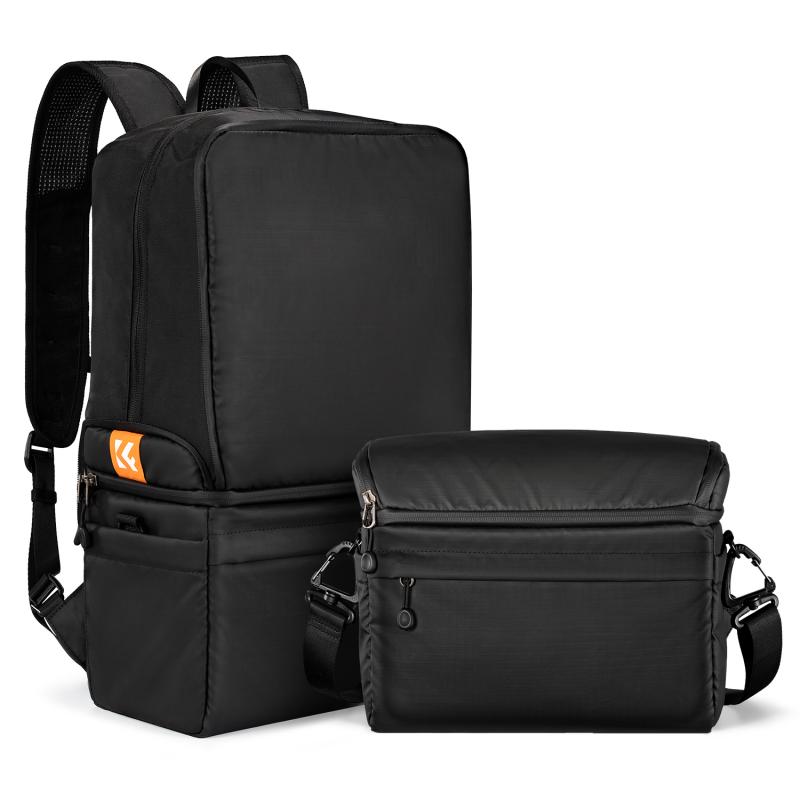
There are several types of camera bags available, each designed to cater to different needs and preferences:
1. Backpacks: Ideal for long trips and carrying multiple lenses and accessories.
2. Shoulder Bags: Convenient for quick access and shorter outings.
3. Sling Bags: A hybrid between backpacks and shoulder bags, offering both convenience and capacity.
4. Holster Bags: Compact and designed for carrying just the camera with a lens attached.
Key Considerations for Storing a Camera in a Bag
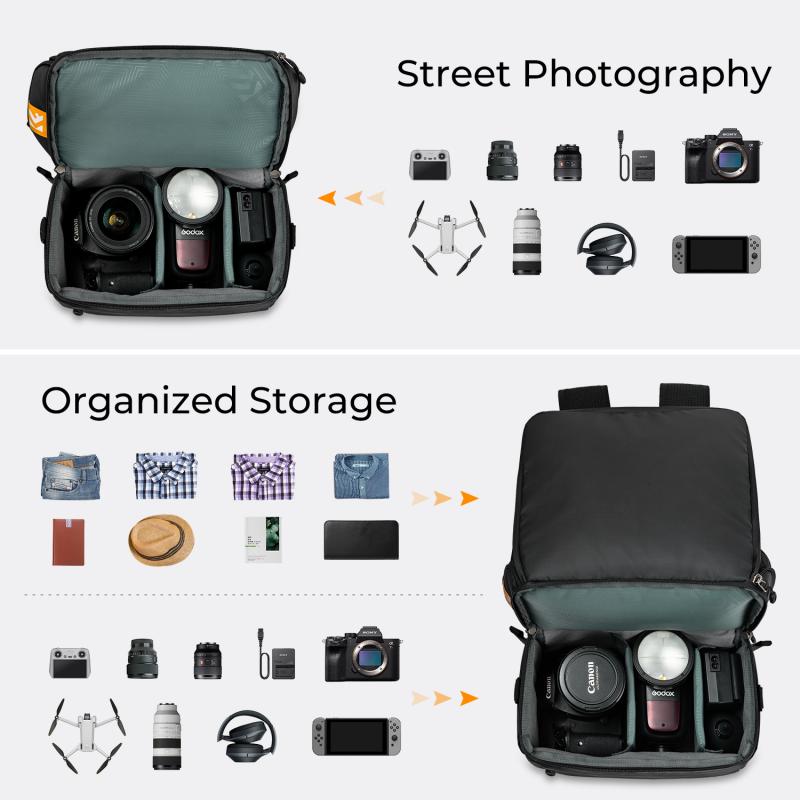
When deciding how to place your camera in a bag, consider the following factors:
1. Protection: The primary goal is to protect the camera from physical damage. This includes padding, compartmentalization, and ensuring the camera is secure.
2. Accessibility: You should be able to quickly and easily access your camera when needed.
3. Weight Distribution: Proper weight distribution can prevent strain on your back and shoulders, especially during long periods of carrying the bag.
4. Organization: Keeping your gear organized helps in quickly finding what you need and prevents items from knocking against each other.
Step-by-Step Guide to Placing a Camera in a Bag
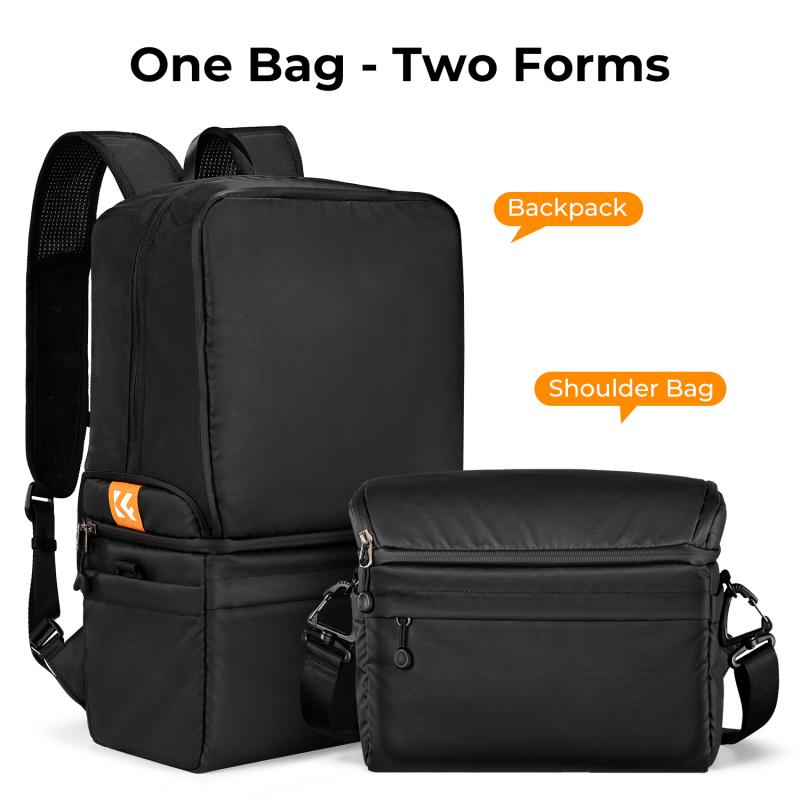
1. Choose the Right Bag
Select a bag that suits your needs. For instance, if you’re going on a hike, a backpack with ample padding and compartments is ideal. For urban photography, a shoulder or sling bag might be more convenient.
2. Prepare the Camera
Before placing the camera in the bag, ensure that the lens cap is on and any loose straps are secured. This prevents scratches and tangling.
3. Use Dividers and Padding
Most camera bags come with adjustable dividers. Use these to create compartments that snugly fit your camera and lenses. The camera should be placed in a way that it doesn’t move around. Ensure that there is padding on all sides to absorb any shocks.
4. Lens Orientation
When placing the camera in the bag, the orientation of the lens is crucial. Generally, it’s recommended to place the camera with the lens facing downwards. This position helps in distributing the weight more evenly and reduces the strain on the camera mount. However, some photographers prefer placing the camera with the lens facing upwards for quicker access. Whichever method you choose, ensure that the lens is well-protected and doesn’t press against other items.
5. Secure the Camera
Once the camera is in place, use any straps or securing mechanisms within the bag to hold it in position. This prevents the camera from shifting during movement.
6. Store Accessories Separately
Lenses, batteries, memory cards, and other accessories should be stored in separate compartments. This not only protects the camera but also keeps everything organized. Use lens pouches for additional protection.
7. Check the Bag Regularly
Periodically check the bag to ensure that the dividers and padding are in good condition. Replace any worn-out padding to maintain optimal protection.
Additional Tips for Camera Storage
- Avoid Overpacking: Overpacking the bag can lead to pressure on the camera and lenses, increasing the risk of damage.
- Weather Protection: If you’re shooting in adverse weather conditions, consider using a rain cover or a waterproof bag.
- Regular Cleaning: Keep the interior of the bag clean to prevent dust and debris from getting into the camera.
- Use a Camera Strap: Even when the camera is in the bag, using a strap can provide an additional layer of security.
Properly storing your camera in a bag is a blend of protection, accessibility, and organization. By choosing the right bag, using dividers and padding, and following the best practices for camera placement, you can ensure that your camera remains safe and ready for action. Whether you’re a professional photographer or an enthusiast, taking the time to store your camera correctly will pay off in the long run, preserving your gear and enhancing your photography experience.


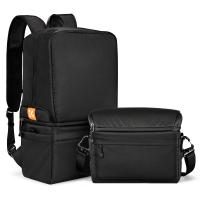
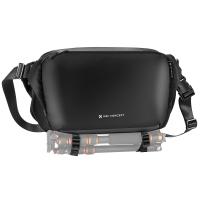
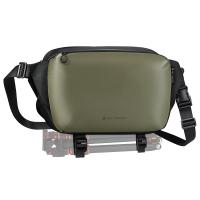
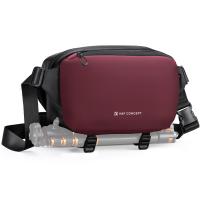
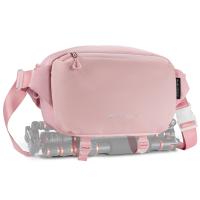

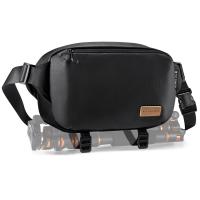
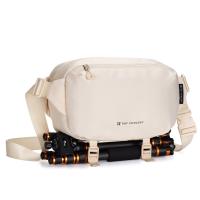
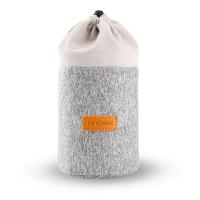
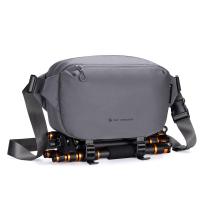
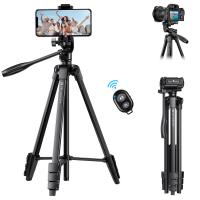
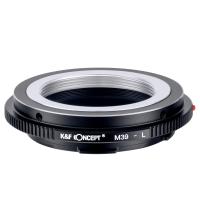

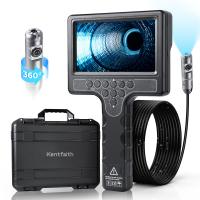



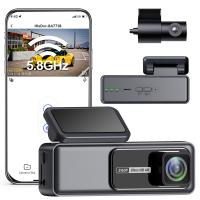
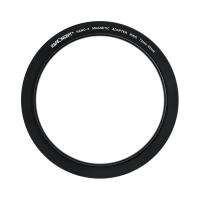
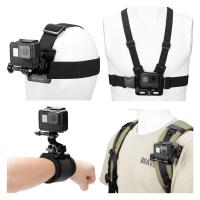

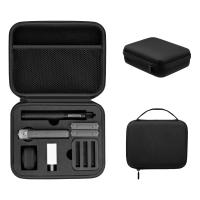
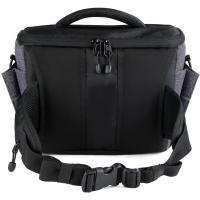
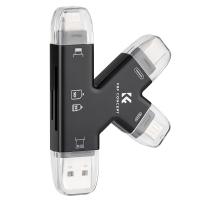

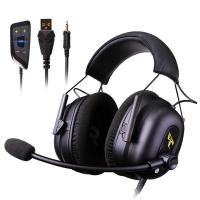
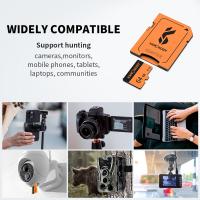

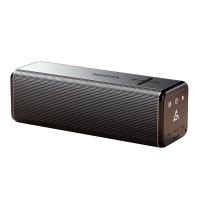
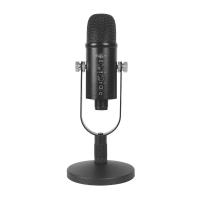


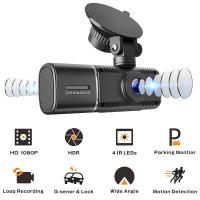



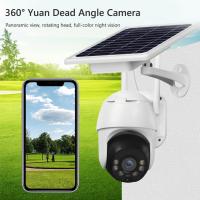



There are no comments for this blog.